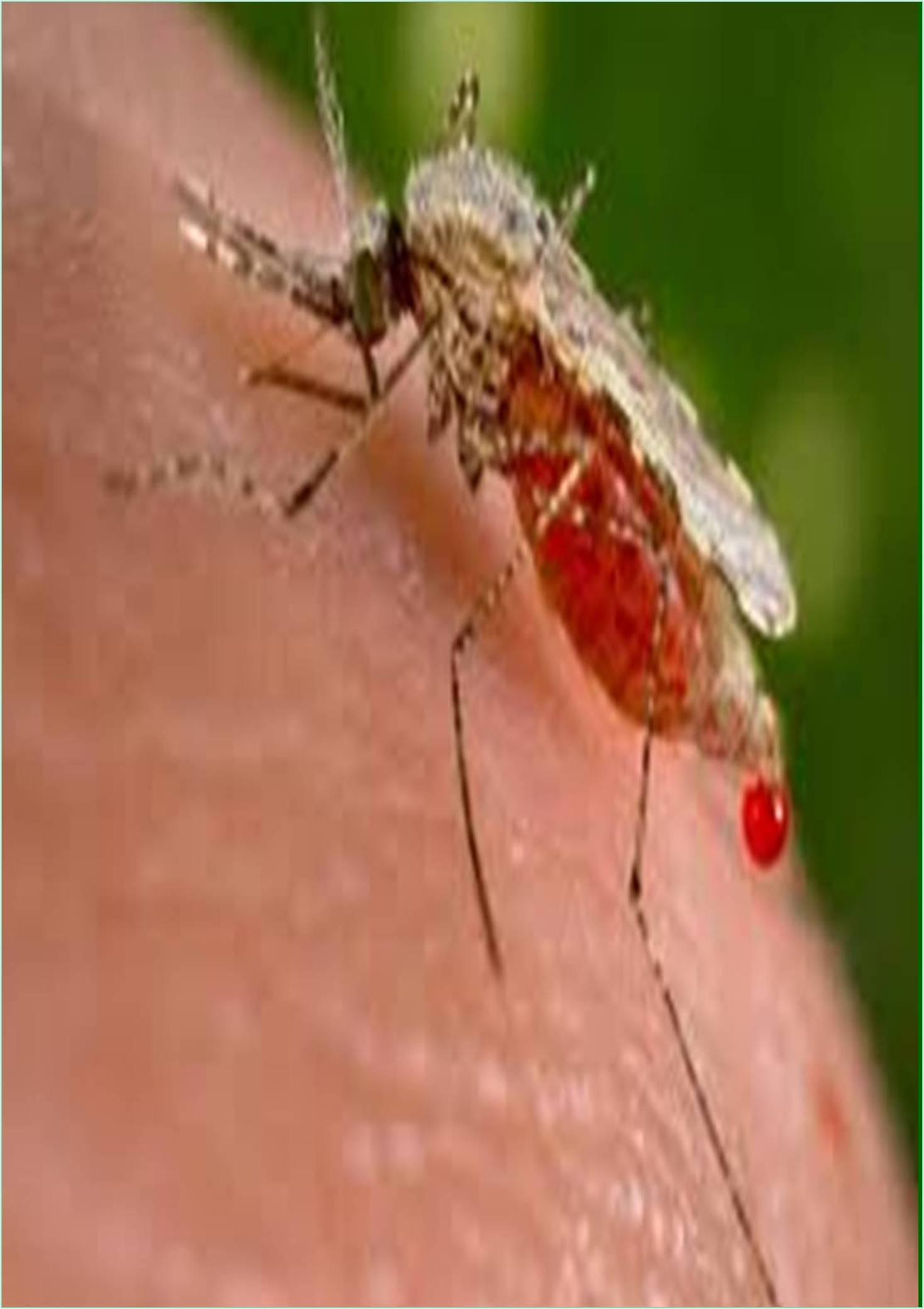



Received: 11-Nov-2022, Manuscript No. IJMAR-22-83631; Editor assigned: 14-Nov-2022, Pre QC No. IJMAR-22-83631 (PQ); Reviewed: 02-Dec-2022, QC No. IJMAR-22-83631; Revised: 12-Dec-2022, Manuscript No. IJMAR-22-83631 (R); Published: 20-Dec-2022, DOI: 10.15651/IJMAR.22.3.014
Transfusion-Transmitted Malaria (TTM) is an unintentional Plasmodium infection carried on by the transfusion of whole blood or a blood component from a recipient to a donor who has malaria. Transfusions of infected blood immediately release malaria parasites into the recipient's bloodstream, resulting in the development of high-risk complications and the possibility of a deadly outcome, particularly in people who have never suffered from malaria or in patients with immune dysfunction. The epidemiological features of blood donors and recipients were described through a comprehensive evaluation of TTM case reports from non-endemic regions.
The possibility of malaria from blood transfusions is very important for health. As a result, giving antimalarials to people who get blood transfusions has been recommended. Number of studies has shown how frequent MPs are among blood donors and how they can lead to Blood Transfusion-Induced Malaria (BTM). In few studies, particularly those involving children, the true prevalence of BTM among blood recipients. Less research has also been conducted on the percentage of transfusions from malaria-endemic areas that are BTM-free.
Malaria is a protozoan disease, and infected female Anopheles mosquitoes are intermediate hosts for Plasmodium falciparum, Plasmodium vivax, and Plasmodium ovale. Malaria can be transmitted not only by the bite of an infected female Anopheles mosquito, but also by transfusion made from the blood of a malaria-infected donor. In 1911, Plasmodium was first reported as a transfusion infected. The cost of routine blood screening for Malaria Protozoa (MP) is prohibitively high, and policies to exclude MP-positive donors waste potentially life-threatening blood. This will further deplete the overloaded blood supply systems in developing countries. Moreover, the risk of acquiring malaria through natural infection remains high in these endemic areas. Therefore, blood tests for MP are not routinely performed in malarious areas. However, this method carries the risk of malaria infecting the person receiving the blood transfusion.
Although blood transfusion is a life-saving technique, it carries the risk of containing infectious and non-infectious pathogens. All blood bank donations should be screened for major TTIs such as HIV, HBV, HCV, and syphilis, as infectious agents can be easily transmitted by transfusion. In addition, the epidemiological evidence and the endemic nature of the infection make it necessary to screen donated blood for malaria, especially in endemic areas, to prevent transfusion transmission. For this reason, World health organization recommends voluntary donations rather than substitute donations to minimize the risk of TTIs.
Whole blood transfusion is already used as an adjuvant therapy for patients with severe malaria anemia. In areas where malaria is endemic, the World Health Organization recommends blood transfusions when hemoglobin levels are below 4 g/dL. This threshold is raised to 6 g/dL if anemia with acidosis, unconsciousness, shock, or parasitemia more than 20%. However, the benefits of blood transfusion on hematological and vascular parameters in mice with ECM treated with artemether were associated with marked improvements in survival. These results are consistent with a recent prospective, multicenter observational study showing that blood transfusion improves survival in children hospitalized with severe falciparum malaria. Currently, WHO recommends blood transfusions if the hemoglobin level is less than 4 g/dl in severe malaria or if it is more than 6 g/dl in complications such as acidosis. Acute and severe hemolysis usually results in haptoglobin consumption, as occurs in severe malaria. In mice with Experimental Cerebral Malaria (ECM), anemia was only mild to moderate and inflammation was overwhelming. This helps the haptoglobin levels were high, as haptoglobin is an acute-phase protein implicated in diseases such as increased inflammation and infections.